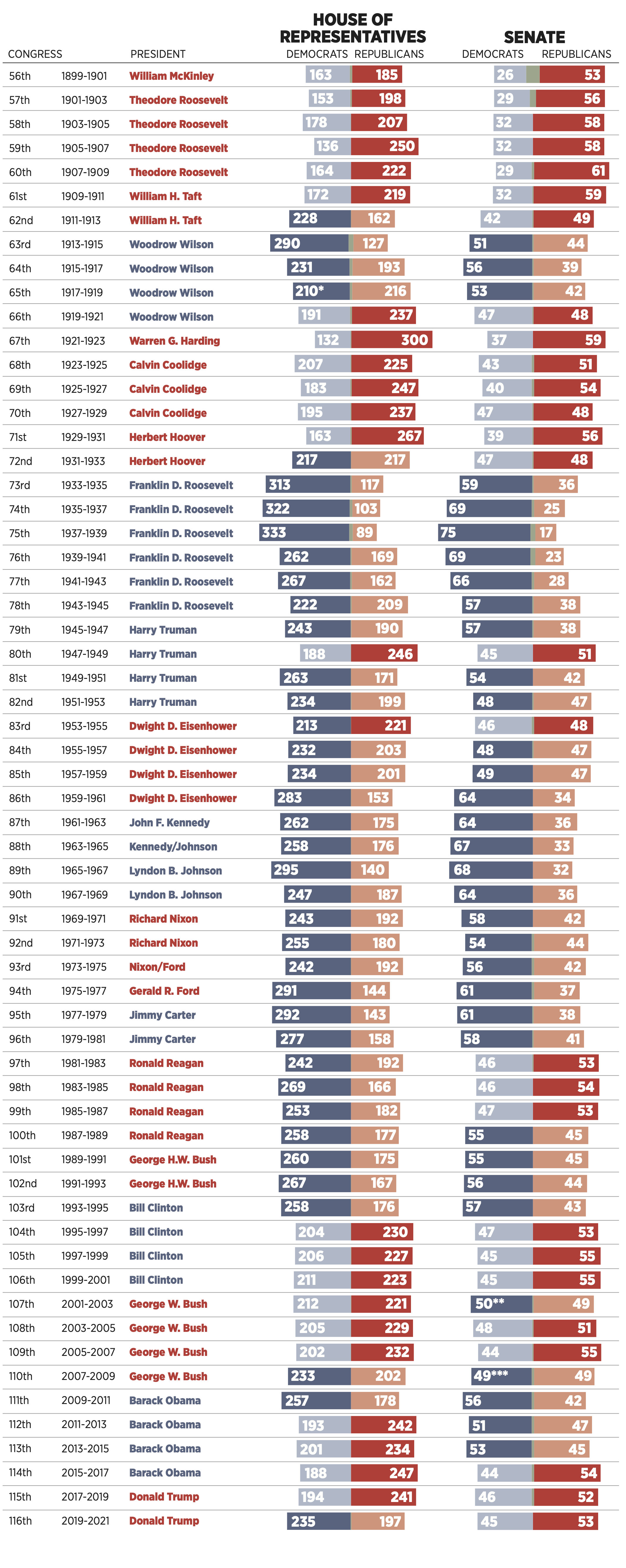

The real estate development and investment firm, led by partners Arnaud Karsenti and Rey Melendi, also has a contract to buy an adjacent vacant building. Public records show one local developer, 13th Floor Investments, which owns a vacant, historic designated Art Deco building on the Collins Avenue beachfront, gave $10,000 to a political action committee chaired by Avila one day before he filed the bill, and $10,000 three days later to the political committee of the House sponsor, Rep. Questions have been raised about who might be the immediate beneficiary of the legislation. We’re simply talking about structures that have been deemed unsafe by the local building officials, that have been deemed to be demolished by a local building department, and are in a FEMA flood zone area.”

“Ocean Drive is not going to get bulldozed,” Avila responded. Tina Polsky, D-Boca Raton, said she had received many emails from people concerned about the impact of the bill.


“The line goes directly behind Ocean Drive’s iconic buildings, leaving them exposed to his targeted legislation that could lead to the loss of countless historic buildings on Ocean Drive and Collins Avenue.” “The coastal construction line amendment is the latest redlining attempt by Sen.
#Senate control series#
It would allow owners to demolish buildings, including those designated as historic, if at least a portion of the structure sits “seaward of the coastal construction control line,” is within an extensive series of flood zones delineated by the Federal Emergency Management Agency, and the building doesn’t meet the FEMA standards for new construction.ĭaniel Ciraldo, executive director of the Miami Design Preservation League, said the amendment underscores the desire by Avila and other proponents of the bill to target Miami Beach. The bill now exempts single-family homes and those on the National Historic Register. “If a building is in one of these situations it should be able to be rebuilt in a safe manner.” “This only applies to nonconforming buildings which fail to meet FEMA standards,” Avila said. The amendment also excluded communities with fewer than 10,000 residents and buildings that are more than 200 years old. In an effort to address some of those concerns, the Senate approved an amendment offered by Avila that reduces the potential impact by including buildings that are within the coastal construction control line - the line the state uses to limit construction to protect beaches and coast - instead of within a half-mile of the coast. Legislators said they received a stream of emails from residents around the state concerned that the broadly written provisions would bring an end to the historic charm of older coastal communities such as Key West, Palm Beach, St. Because many of the state’s oldest and historic neighborhoods and districts sit along the coast, they say if the legislation becomes law, it would open tens of thousands of structures now protected as landmarks under local ordinances to potential demolition. The legislation would give property owners the right to demolish any building for any reason in the designated zones, with the exception of those listed on the National Register of Historic Places, an honorary designation that by itself confers no protections.Ĭritics say the bill creates an incentive to tear down and replace currently safe buildings that have never been impacted by a storm or flood. “Clearly, there is a big discrepancy between what the national register has considered historic and what the local historic board has deemed historic,” he said. He said Miami Beach had designated 2,600 properties as historic “while the National Historic Register has designated seven.” “Our most iconic historic oceanfront buildings, the backdrop of World War II American history, remain at greatest threat of demolition by this bill,” said Miami Beach Commissioner Alex Fernandez, after the bill was passed.Īvila told senators his goal was to preempt local government from “excessive” historic preservation rules.


 0 kommentar(er)
0 kommentar(er)
